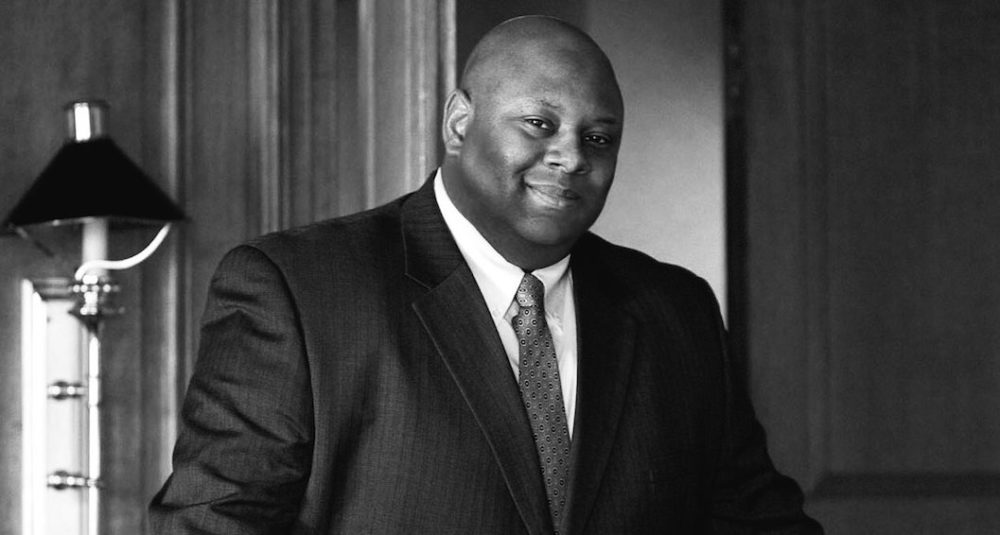[ad_1]

The look of leadership, especially in the corporate world, is still based on the assumption of a certain age (e.g., 35+ years old), which in some cases can lead to differences in communication styles, priorities, and work ethic—especially between younger and older generations. So to get insight into how young leaders can gain respect and influence in the workplace we caught up with Curtis Odom, Ed.D., a career coach and management consultant to Fortune 100 companies, and author of From Campus to Corner Office: How Co-Ops and Internships Will Help You Win In The Workplace.
As more college graduates are being hired and more Americans (e.g., 65 years old and older) are delaying retirement, a generation gap exists in the workplace. What’s your advice for young leaders dealing with older employees?
As a young boss, you need to gain an understanding of your employees’ goals and pressures, their strengths, and weaknesses, regardless of their generation. You will also benefit from understanding how the individual goals align with the organizational and personal objectives, pressures from their own boss, their style of working, how their boss likes to get information (e.g., memos, email, phone calls, text messages, one-on-one meetings), how they deal with conflict, etc. Without this information, you are flying blind, and problems are inevitable.
What are some ways a young leader (under 30 years old) can gain respect in the workplace?
Clearly, leadership potential exists within each of us. That potential can be triggered by outside events, or it can be learned by exploring ourselves from within.
My advice is to first examine the relationship you have with those who are centers of influence or COIs in your organization. A healthy, positive relationship with them makes your work life much easier. It is also good for your career and your job satisfaction. I’ve often thought that the best way to think about these relationships is as a partnership with the COI being a culture coach and historian. And as a result of these relationships, you build advocates through relationships and that opens the door to getting results.
What are some ways to build influence in the workplace?
Credibility is first built through actions, such as thinking beyond oneself and working toward building a larger mutually beneficial goal. Add a sense of integrity through possessing a set of core values that guide what you do, combined with an ability to project core values through actions. Also, consider the following:
- Seek to understand those whom you want to influence. Focus primarily on characteristics of those who are recognized as influential without authority because they are able to effectively use those attributes in a variety of contexts in order to either be heard or influence others. You can raise questions without seeming to push an agenda, especially when you are new, or seen as junior in the organization.
- Lead through relationships. Those who are successful, lead and inspire because of who they are and how they interact with others. By focusing on results, an influential leader maintains a wide perspective and acts with an independent initiative. They use the ends to define the means, which can mean working outside of strict processes to achieve results. They aim for the end they are supposed to produce and feel responsible and accountable for achieving it. How? By remaining client purposed. This is different than client service—it’s an awareness of how an action in a specific job affects the client. It’s a big-picture focus and having a deep understanding of the value promised.
Tell us why you believe it’s important to focus more on the power of influence versus authority in today’s ever-changing workplace.
Leadership is not telling others what to do. Leadership is inspiring others to do what needs to be done. A title alone does not make you a leader. Genuine leaders take a stand and motivate others to join them for a noble purpose. Influence is subtle, yet incredibly powerful. You can order someone to do a task, but you cannot order them to do their best. It simply does not work and usually has the opposite effect. You can influence people to do their best by providing a strong, motivating example in addition to positive reinforcement. Leadership addresses tasks, while influence addresses attitudes and awareness. It is in that way that influence is the soul/spirit of leadership.
[ad_2]
Source link

